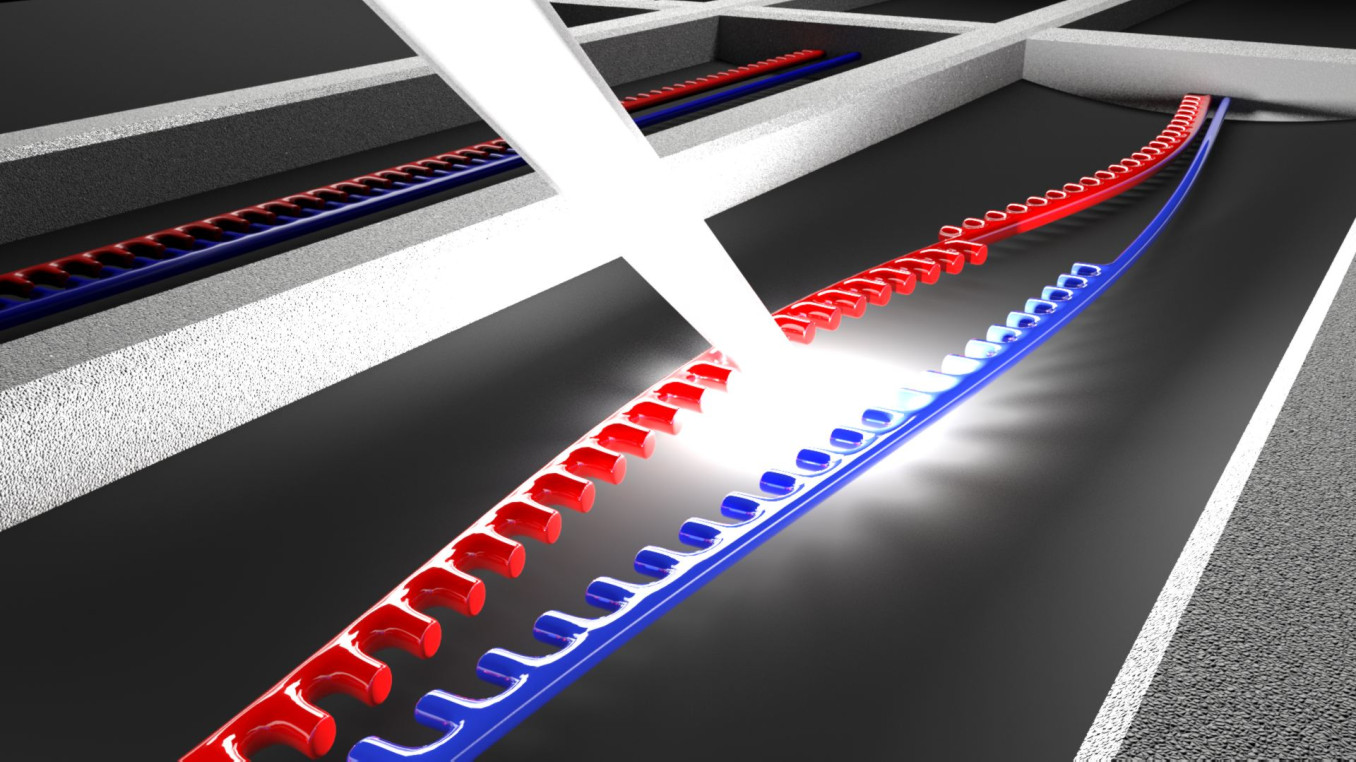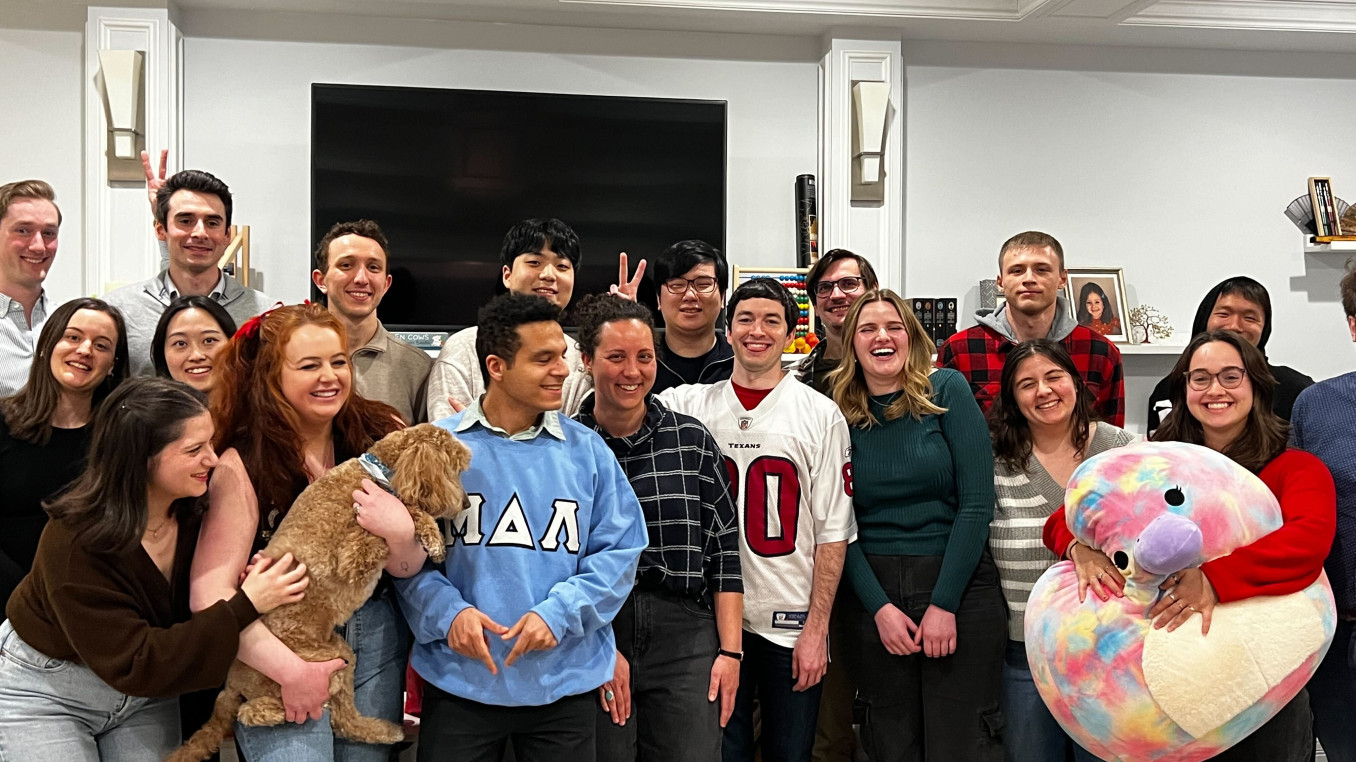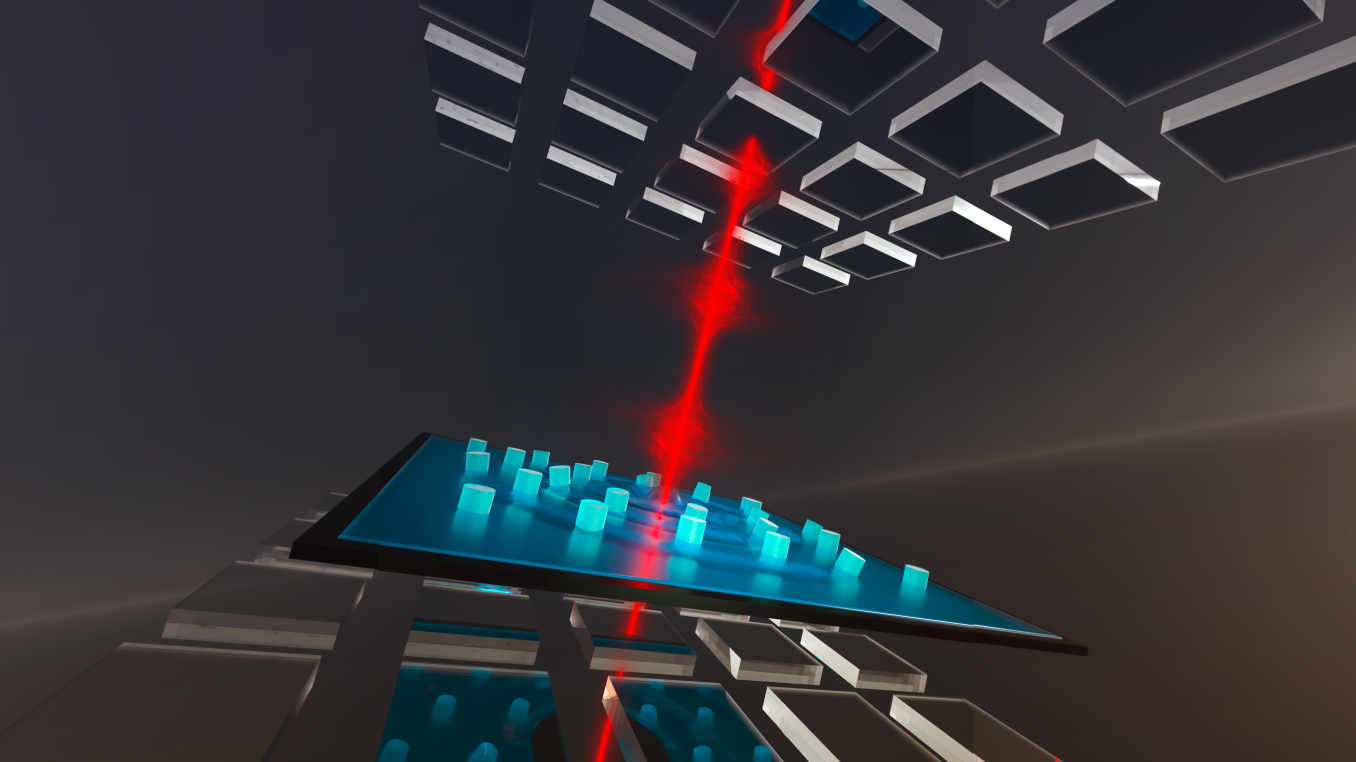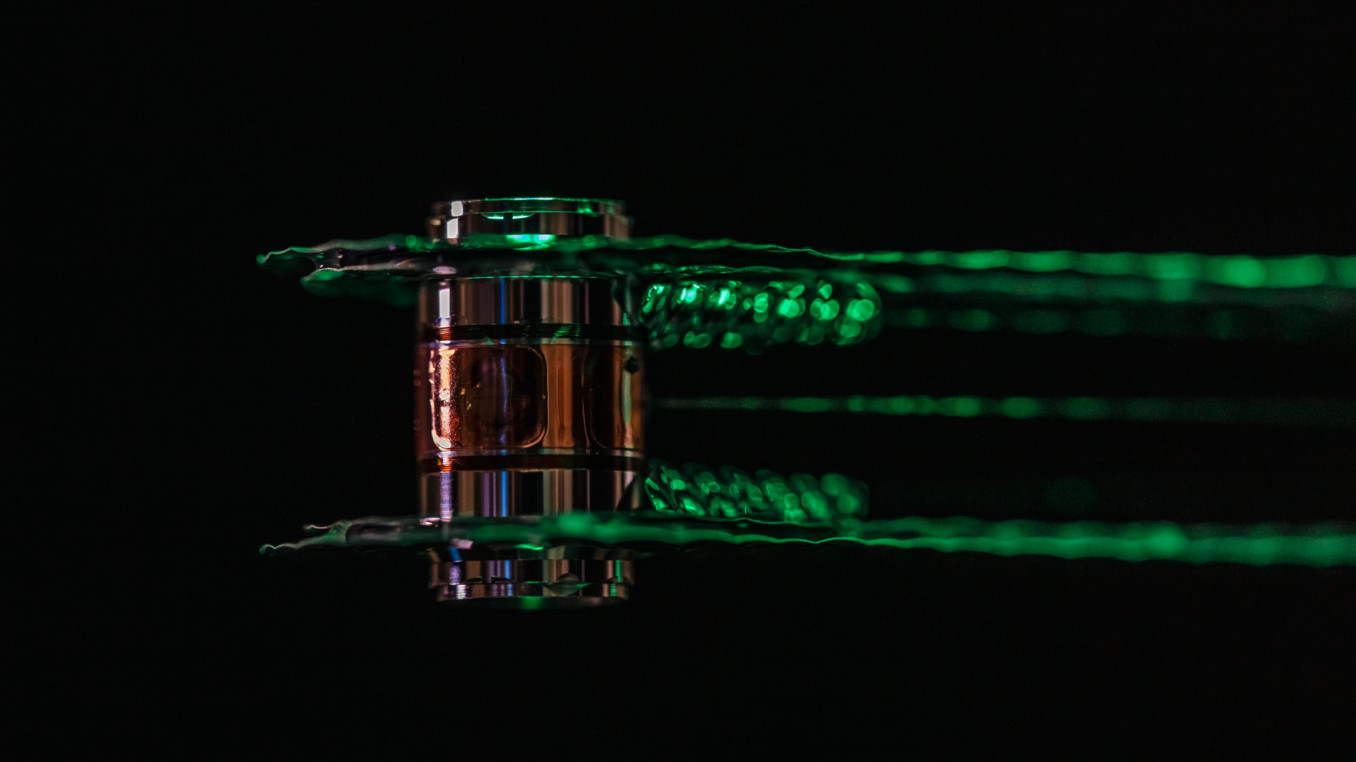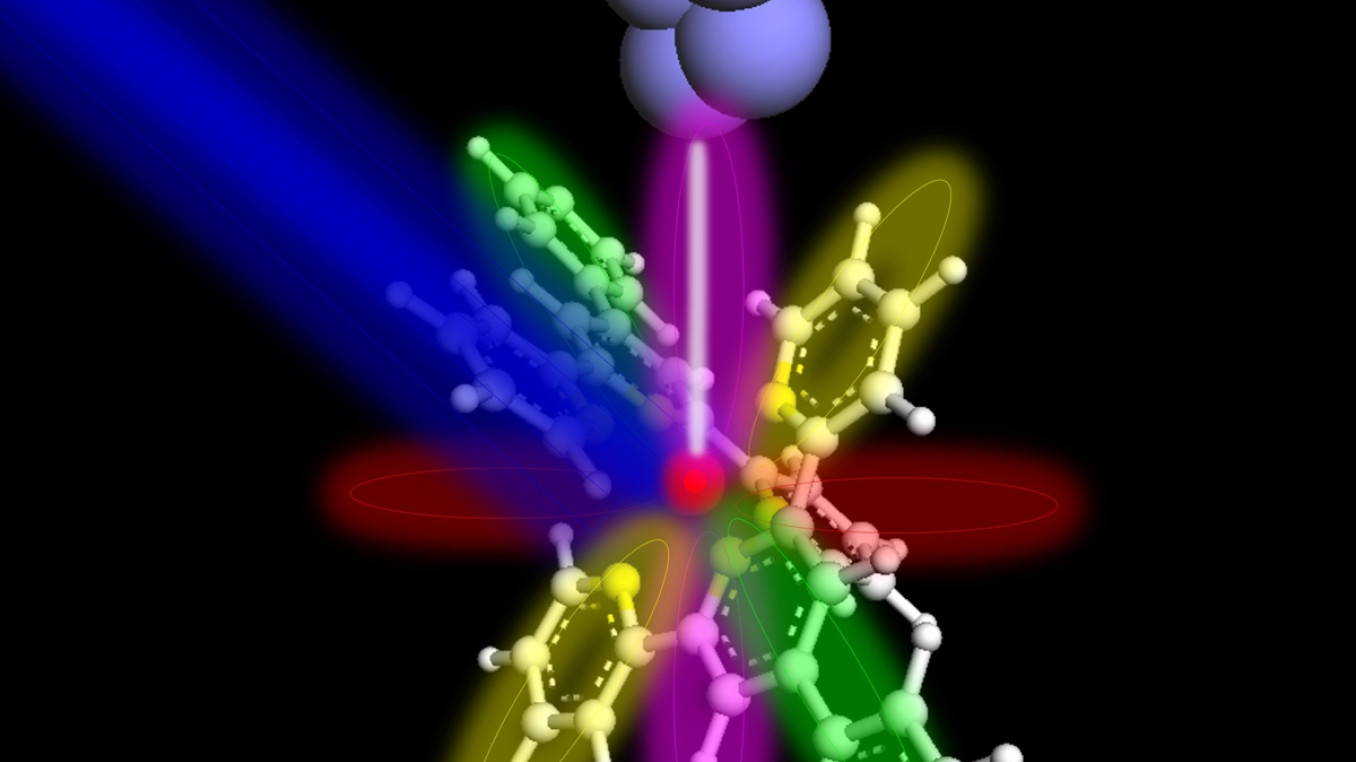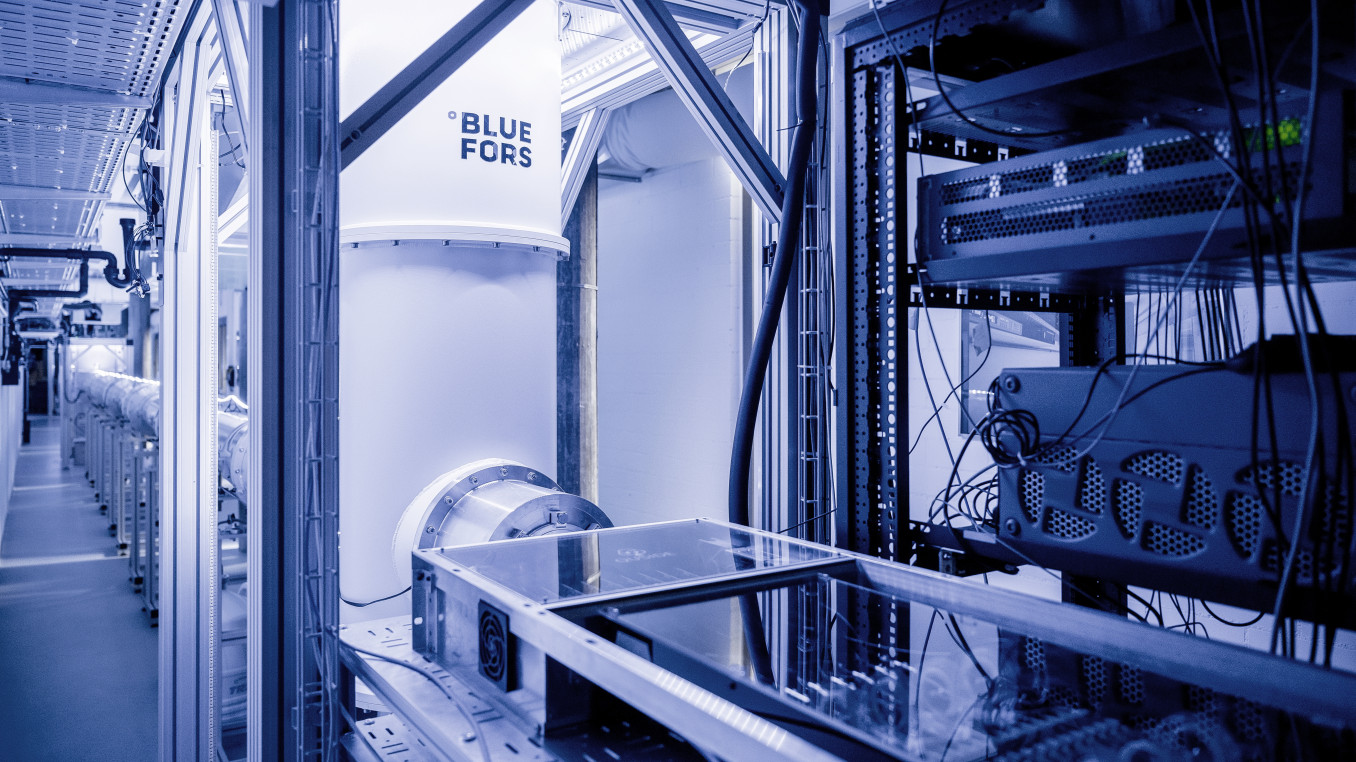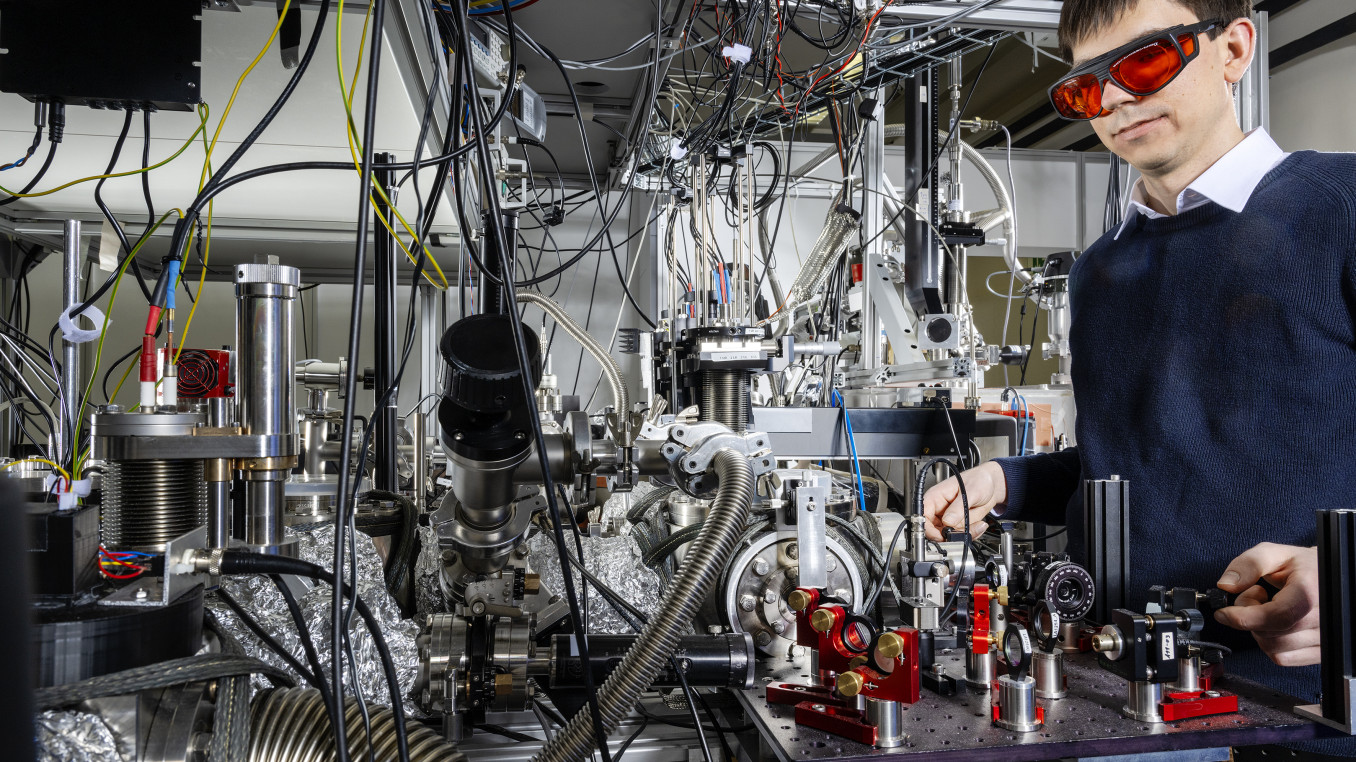Quantum X-ray Innovations: Liang Jie Wong's Transformative Research
Breaking the Wall of Quantum X-ray Tech
Winner Interview 2024: Physical Sciences
Discover the groundbreaking work of Liang Jie Wong, who has broken the wall of quantum X-ray technology. His research promises more compact, safer, and effective X-ray innovations with profound implications for industrial inspection, medical diagnostics, and beyond, revolutionizing these fields with the power of quantum science.
Which wall does your research or project break?
My research breaks the wall of quantum X-ray technology, aiming to deliver X-ray innovations that are widely accessible, more compact, safer, and more effective than conventional technologies, through the use of quantum science and engineering. These advancements have profound implications for industrial inspection, medical diagnostics, security scanning and beyond. For instance, they enhance quality assurance and failure analysis of increasingly sophisticated chip structures in the semiconductor industry, driving technological innovation. In biomedicine, they aid in the identification of complex viruses and diseases, significantly contributing to global health advancements. By addressing these challenges, our research not only propels key megatrends but also opens new frontiers in both technology and healthcare.
X-rays today represent a multi-billion-dollar industry, playing a vital role in modern society and contributing to over 20 Nobel Prizes in Physics, Chemistry, and Physiology/Medicine. However, the technology to generate X-rays for commercial use has remained fundamentally unchanged since their discovery by Röntgen over 125 years ago. Leveraging recent advances in nanophotonics and quantum materials, our team has developed new mechanisms to enable versatile X-ray sources and detectors, leading to faster, more precise, and lower-dosage X-ray imaging. Along the way, we discovered a previously unexplored regime where the quantum nature of light becomes significant, challenging the long-held belief that classical physics was sufficient for modeling light emission from free electrons. Through this work, we experimentally demonstrated the theory of quantum recoil proposed by Physics Nobel Laureate Vitaly Ginzburg in 1940 for the first time. Furthermore, we showed that quantum recoil is a unique quantum phenomenon that manifests strongly even at room temperature and in the presence of noise.
Our findings reveal that the exploration of quantum X-ray science is only beginning to uncover their vast potential. The realization that quantum effects play a critical role in X-ray emission opens new avenues for research and innovation. This paradigm shift can lead to the development of even more advanced X-ray technologies that are capable of overcoming current limitations in resolution and sensitivity, revolutionizing fields such as materials science, where understanding the structural properties at atomic scales is crucial. The fact that quantum recoil can manifest strongly even under noisy, room-temperature conditions may open the doors to more robust quantum measurements and quantum computing. By integrating quantum science with X-ray technology, we are not only enhancing existing applications but also uncovering new possibilities that will benefit industries, healthcare, and scientific research worldwide.
What are the three main goals of your research or project?
The three main goals of my research are to 1) enhance accessibility and compactness of X-ray technologies, 2) improve safety and effectiveness of X-ray technologies, and 3) drive technological and scientific innovation in X-rays.
1. Enhancing Accessibility and Compactness of X-ray technologies: One of the central aims of our research is to make advanced X-ray technology more accessible to a broader range of applications and industries. Traditional X-ray systems are often large, cumbersome, and expensive, limiting their use to well-funded institutions and specialized settings. By leveraging breakthroughs in quantum science and nanophotonics, we are developing X-ray sources and detectors that are more compact and cost-effective. This increased accessibility has the potential to democratize the use of X-ray technology, enabling its deployment in remote and resource-limited areas, enhancing global diagnostic capabilities, and fostering widespread industrial adoption.
2. Improving Safety and Effectiveness of X-ray technologies: Safety is a paramount concern in the use of X-ray technology, especially in medical diagnostics where excessive exposure to ionizing radiation is known to have harmful effects on patients. Our research is dedicated to developing X-ray systems that operate at lower dosages without compromising imaging quality. By utilizing quantum materials and leveraging nanophotonic phenomena, we aim to produce X-rays that are not only safer for patients and operators but also more effective in capturing high-resolution images. These improvements are crucial for applications ranging from industrial inspection to medical diagnostics and security scanning, where clear and accurate imaging is essential for identifying threats and ensuring safety.
3. Driving Technological and Scientific Innovation in X-rays: Our research is at the forefront of a paradigm shift in X-ray technology, exploiting the quantum nature of light emission and leveraging the unique properties of emerging quantum materials. Commercial X-ray technology has remained fundamentally unchanged since the discovery of X-rays over 125 years ago. By challenging the classical physics model and demonstrating phenomena such as quantum recoil, we are opening new avenues for scientific inquiry and technological advancement. Beyond the traditional uses of X-rays like imaging, our findings pave the way to disruptive, unconventional innovations, such as the use of X-rays for quantum measurements and quantum computing. Our work thus not only advances current technologies but also lays the foundation for future breakthroughs.
What advice would you give to young scientists or students interested in pursuing a career in research, or to your younger self starting in science?
My advice to young scientists is to begin with a clear vision on a meaningful problem, and let sincere curiosity drive your research. Significant breakthroughs often come from just asking questions. In our case, my team aimed to make X-ray diagnostic tools safer and more robust, which led us to explore new mechanisms using nanophotonics and quantum materials. This curiosity-driven approach allowed us to achieve groundbreaking results and demonstrate the theory of quantum recoil, highlighting the importance of being open to unexpected discoveries.
It is also important to realize that embracing challenges is an integral part of the scientific process. Each challenge is an opportunity for growth and learning. In our project, the initial lack of customized instruments was a significant obstacle, forcing us to improvise with existing tools like electron microscopes. Through perseverance and creativity, we overcame these challenges, showing that these attributes are crucial in research.
Collaboration and teamwork are essential. No person is an island, nor is any research team. My team's success was made possible through the unwavering support of the skilled and dedicated staff at the Facility for Analysis, Characterisation, Testing, and Simulations (FACTS), as well as industry bridging efforts by NTUitive Pte Ltd and the LUX Photonics Consortium. We also received invaluable support from various other research centers and offices at NTU. Additionally, our achievements would not have been possible without the crucial roles played by our international collaborators, community, and funding agencies. Thus, the importance of reaching out and working together, both within and outside your university, cannot be understated.
Finally, inspire others by helping them understand that engineering and STEM disciplines require not just technical ability but also effective communication, an appreciation of global trends, and humanitarian thinking. Encourage anyone interested to give themselves a chance, as the field needs diverse talents and perspectives to drive innovation and make a positive impact on society.
What inspired you to be in the profession you are today?
My passion for unraveling the mysteries of the quantum world and the desire to contribute to technological advancements that improve lives inspired me to pursue a career in scientific research.
What impact does your research or project have on society?
My research leverages quantum mechanics to develop safer, more effective X-ray diagnostic tools, enhancing both medical imaging and industrial applications such as semiconductor inspection.
What is one surprising fact about your research or project that people might not know?
Many people do not realize that X-ray tubes, despite being crucial for over a century, have remained fundamentally unchanged even as the quantum revolution has dramatically transformed computers and advanced other technologies. Our research aims to spark an X-ray revolution, making these essential tools safer and more effective for medical and industrial applications.
What’s the most exciting moment you've experienced over the course of your research or project?
The most exciting moment in my research was achieving a breakthrough in demonstrating quantum recoil with our new X-ray technology. This pivotal discovery validated our decision to explore X-ray generation using quantum materials and highlights the tangible impact of our work, as it represents a significant advance toward developing X-ray imaging that is both safer and more effective.
